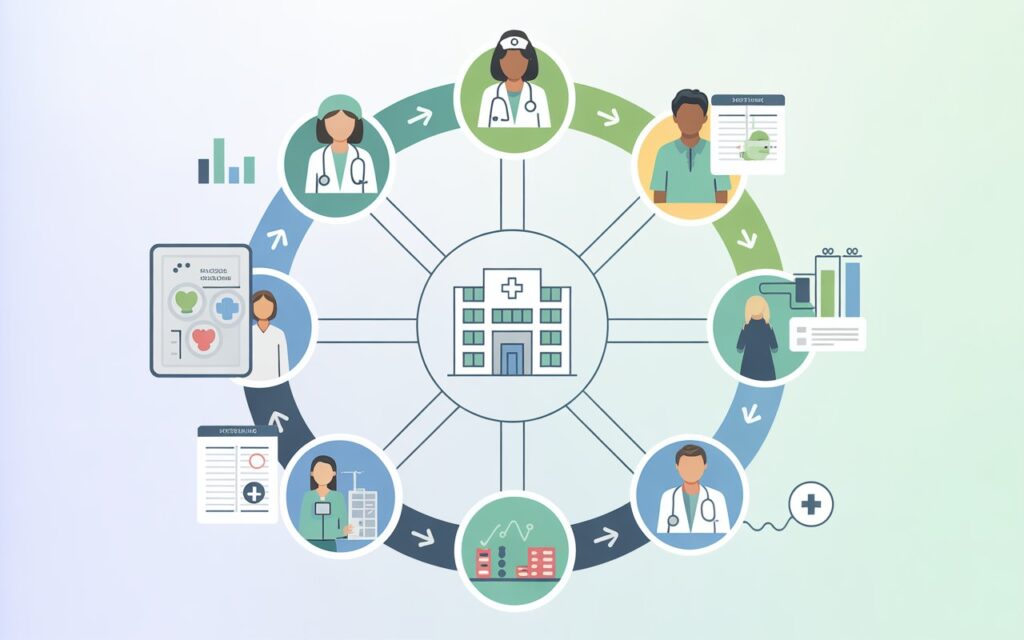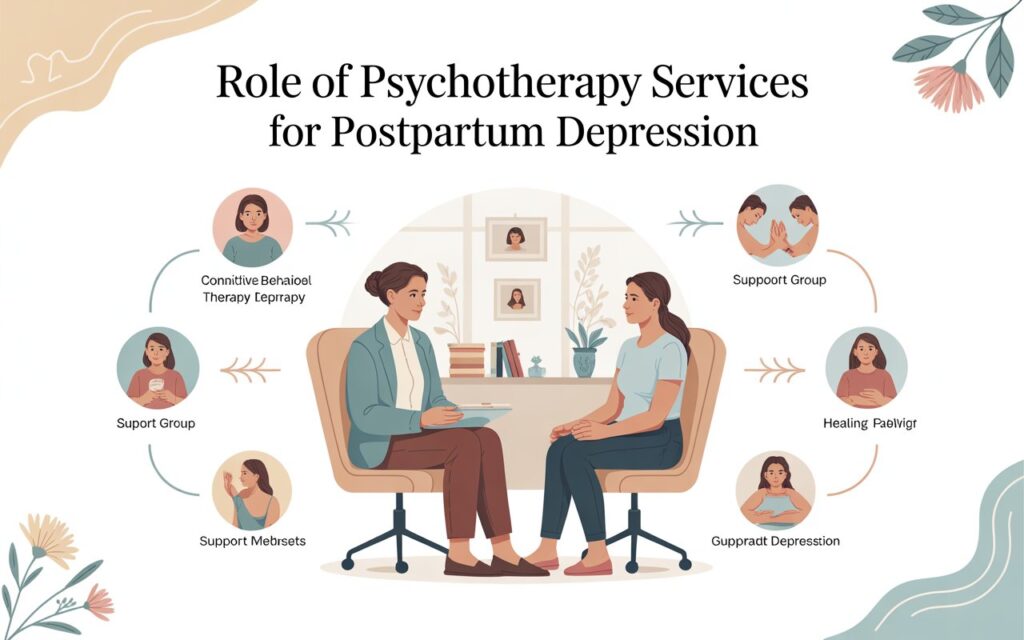A confident smile is often the first thing people notice. Whether you’re a teenager or a parent planning your child’s orthodontic care, timing is everything. That’s why so many people ask, “what is the best age for teeth braces?“. Understanding the ideal time to start braces can make a significant difference in results, cost, and comfort.
In this article, we’ll explore the perfect age for braces, the benefits of early intervention, treatment stages, and what to expect before, during, and after getting braces. Get ready for a comprehensive, SEO-optimized guide that helps you make informed decisions and supports your journey to a dazzling smile.
Why Age Matters for Braces
Growth and Development Advantages
Children’s bones and teeth are more malleable than those of adults. This flexibility allows orthodontists to guide teeth into better positions faster and more efficiently. Starting braces at the right age reduces treatment time and leads to long-lasting results.
Orthodontists typically recommend the first orthodontic consultation at age 7. Although treatment might not start immediately, early evaluation helps identify potential issues.
What Is the Best Age for Teeth Braces?
The Golden Window: Ages 10–14
Most orthodontists agree that the best age for teeth braces is between 10 and 14 years old. During this period:
-
Most permanent teeth have erupted
-
The jaw is still growing
-
Teeth respond better to correction
-
There’s minimal bone density, making movement easier
This window of opportunity ensures a high success rate and more predictable outcomes.
Exceptions to the Rule
While ages 10–14 are ideal, braces can still be highly effective outside this range:
-
Early Braces (Age 7–9): In specific cases like severe crowding, crossbites, or underbites, early intervention (also known as Phase 1 treatment) can prevent more serious problems later.
-
Teenagers (15–18): Still an excellent age for treatment, though jaw growth slows.
-
Adults (18+): More adults are now getting braces for aesthetic or functional reasons. However, treatment may take longer due to fully developed bone structure.
Signs Your Child May Need Braces
Parents often wonder when to take action. Watch out for these signs:
-
Crowded or crooked teeth
-
Overbite or underbite
-
Mouth breathing
-
Thumb sucking beyond age 5
-
Difficulty chewing or speaking
-
Jaw shifting or clicking
If you notice any of the above, consult an orthodontist for early evaluation.
The Braces Journey: What to Expect
Step 1: Evaluation and Consultation
An orthodontist will examine dental x-rays, photographs, and impressions to determine the best course of action. They will recommend the ideal timing and type of braces.
Step 2: Applying the Braces
The process involves attaching brackets to each tooth and threading wires through them. The wires gently guide teeth into alignment over time. Options include:
-
Metal braces
-
Ceramic braces
-
Lingual braces
-
Clear aligners (like Invisalign)
Step 3: Adjustment Period
Expect some discomfort in the first few days. Soft foods, over-the-counter pain relief, and wax for brackets can ease the transition.
Step 4: Regular Check-Ups
Patients need adjustments every 4–8 weeks to monitor progress and tighten wires.
Benefits of Getting Braces at the Right Age
1. Better Alignment and Bite
Treating malocclusion early reduces long-term dental issues such as gum disease, jaw pain, and speech problems.
2. Shorter Treatment Time
Early intervention may mean faster, more effective treatment compared to starting later in life.
3. Improved Self-Esteem
Teenagers and pre-teens often struggle with confidence. Correcting their smile during these formative years boosts self-image.
4. Easier Oral Hygiene
Straighter teeth are easier to brush and floss, helping maintain healthy gums and prevent cavities.
Post-Treatment: Retainers and Maintenance
Wearing a Retainer
Once braces come off, the journey isn’t over. Teeth have a natural tendency to shift back. Retainers keep teeth in their new position and are typically worn:
-
Full-time for the first 3–6 months
-
Then nightly as instructed
Good Oral Habits
-
Brush and floss regularly
-
Avoid hard, sticky, or sugary foods
-
Visit the dentist for regular cleanings
-
Replace retainers when worn out
Maintaining results is crucial to long-term success.
Adult Braces: It’s Never Too Late
Although younger patients respond faster, many adults still wonder: “Is it too late for me?”
Modern orthodontics makes adult braces more discreet and comfortable than ever before. Clear aligners and lingual braces offer nearly invisible options, and many adults enjoy excellent results.
So while what is the best age for teeth braces? often points to adolescence, adults still benefit significantly from treatment.
Common FAQs About Braces Timing
Can my child get braces before all permanent teeth come in?
Yes, in some cases, early treatment helps guide jaw growth and prevent complex issues.
How long do braces usually stay on?
Typically 18 to 24 months, but it varies based on age, dental needs, and compliance.
What’s the cost difference between child and adult braces?
Adult braces might cost more due to longer treatment times and additional procedures, but it largely depends on the case and type of braces chosen.
Conclusion: A Timely Choice for a Lifetime of Smiles
So, what is the best age for teeth braces? Ideally, it’s between 10 and 14 years, when permanent teeth are in place and the jaw is still growing. However, early consultations (around age 7) can catch issues before they worsen, and adults shouldn’t feel discouraged—braces can work wonders at any age.
The right timing, guided by a qualified orthodontist, ensures the best results. Braces are not just about aesthetics; they are an investment in oral health, function, and confidence. Whether you’re considering braces for your child or yourself, starting at the right time makes all the difference.









